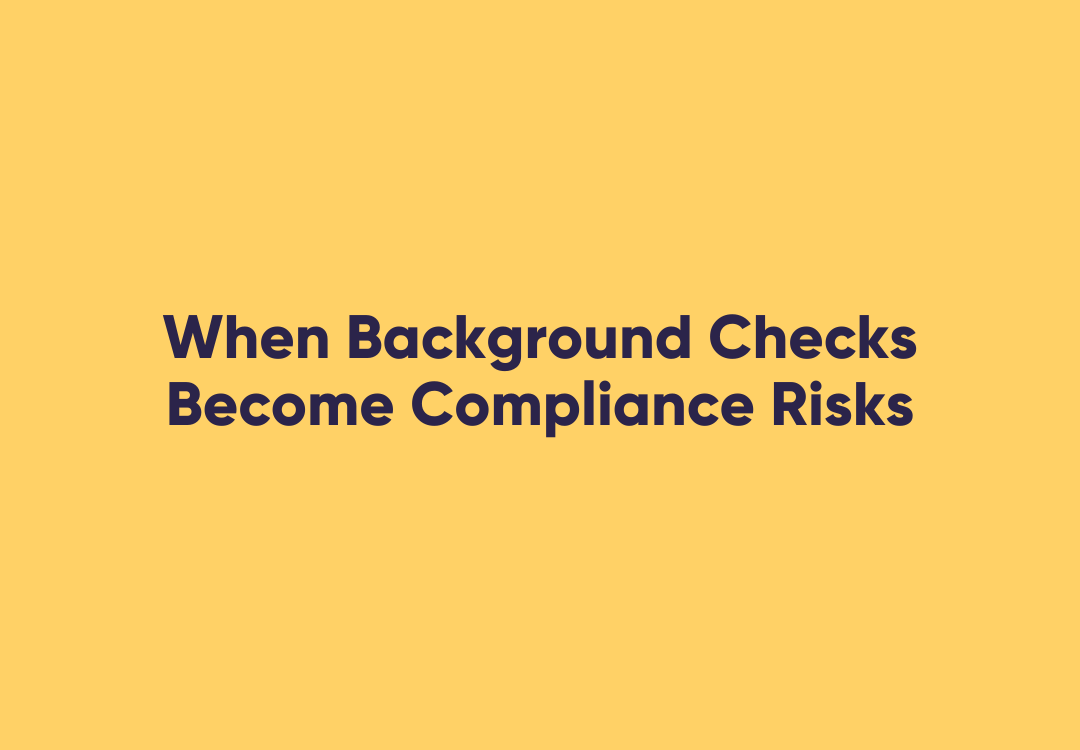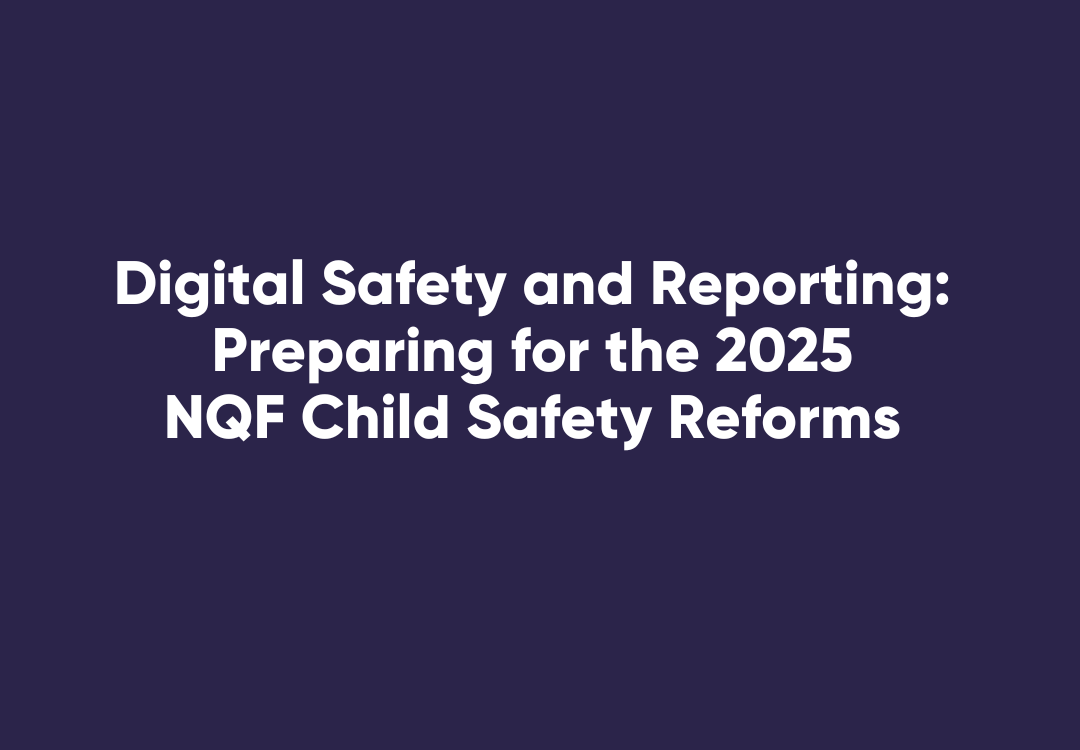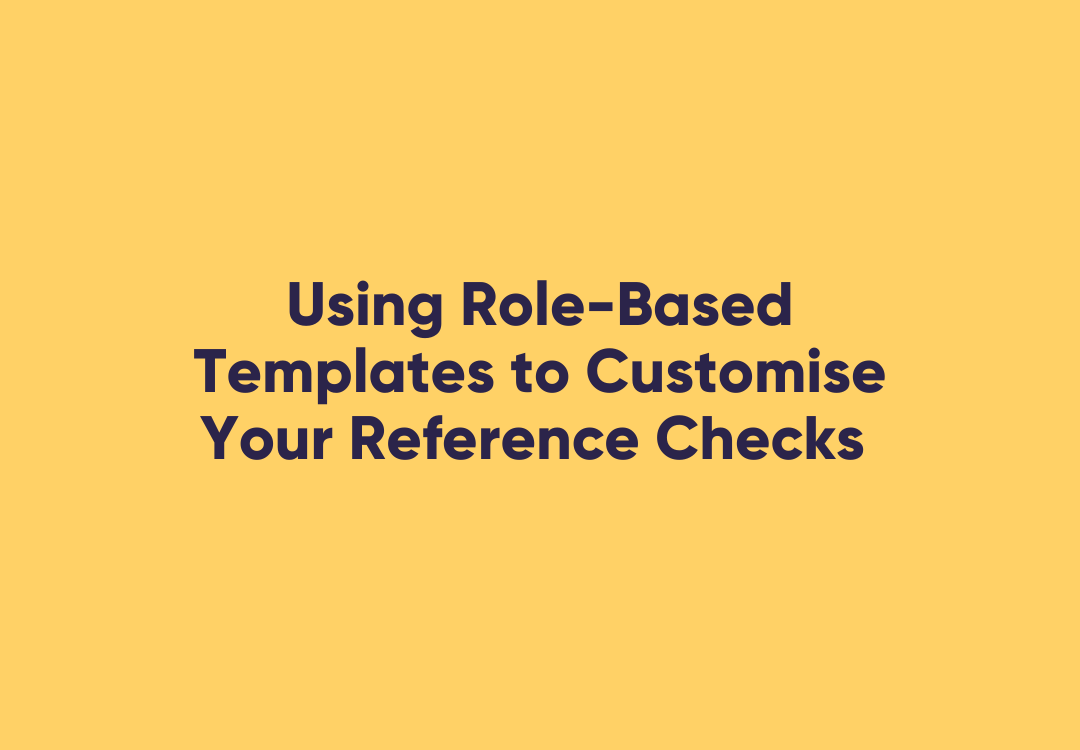What are the Biggest Hazards in the Transport Industry?
Given the size and weight of the machinery and equipment involved, you might not be too surprised to learn that the transport industry contains a variety of hazards.
Employees who are not familiar with the risks put themselves and their colleagues in danger, and can also have a significant impact on a company’s ability to operate safely and efficiently.
Despite the importance of abiding by workplace health and safety (WHS) policies and regulations, it’s clear that there is still much room for improvement within the sector.
In fact, the transport, postal and warehousing industry is responsible for the second highest rate of work-related injury in the country.
Around 76 per 1,000 employees sustain an injury or illness annually while on the job, according to figures collated by the Australian Bureau of Statistics.
Making use of WHS induction services can help you keep new and current employees informed of the best practices to follow when working for your specific company.
But what are the biggest hazards facing the industry as a whole?
1. Manual handling
Loading and unloading vehicles can be a common source of injury in the transport sector.
As touched on, those working in the transport sector engage in a fair amount of heavy lifting and repetitive movements.
These physical tasks, combined with the improper use of equipment, have resulted in manual handling becoming a key hazard in the workplace.
As WorkCover New South Wales (NSW) noted, almost 1 in 3 (30 per cent) injuries in the transport and freight industry are caused by manually handling freight.
In addition to the impact on the employees’ health, such injuries can also have a major effect on a company’s overheads and the wider economy.
The average manual handling injury in the transport industry costs around $17,000, according to WorkCover NSW.
2. Vehicles
Cars, vans and trucks all pose a unique hazard to transport workers.
It goes without saying that vehicles are an integral part of the transport industry, but they also pose a serious health hazard to those who haven’t undertaken the correct health and safety training.
The weight and power of even a modestly sized car – let alone a larger van or truck – can cause serious injury or death if handled improperly or best safety practices are not observed.
Between 2007/8 and 2011/12, 280 workers within the transport and storage sector died due to work-related injuries.
This translates to 11.41 deaths per 100,000 employees, almost 500 per cent higher than the national rate of 2.29, according to SafeWork Australia.
Vehicles were responsible for the vast majority of these deaths (94 per cent), with trucks accountable for most of the accidents.
Companies operating within the transport sector must take the proper steps to avoid contributing to these statistics.
Developing processes to provide employees with the knowledge necessary to identify and avoid vehicle-related hazard can not only help minimise the risk of injury – it could also save a life.
3. Falling from a height
Whether they’re on the ground or up high, ensure your employees understand best safety practices.
Whether employees are working on ladders or clambering along the top of trucks, falling is an all-too-common cause of injury across many blue collar industries.
The same is true in the road freight transport sector.
Research from Safe Work Australia found that falls from a height are responsible for more than 1 in 10 (13 per cent) of all non-fatal serious claims, and accounted for eight fatalities between 2003/4 and 2010/11.
You can keep your workers safe from this hazard by ensuring that your employees have a strong understanding of your company’s health and safety policies before attempting to undertake any tasks that might involve heights.
The transport and logistics space is home to a variety of hazards.
Companies that are able to communicate workplace health and safety policies and procedures will be able to provide their employees with the tools, knowledge and insight they need to work safely and confidently.












